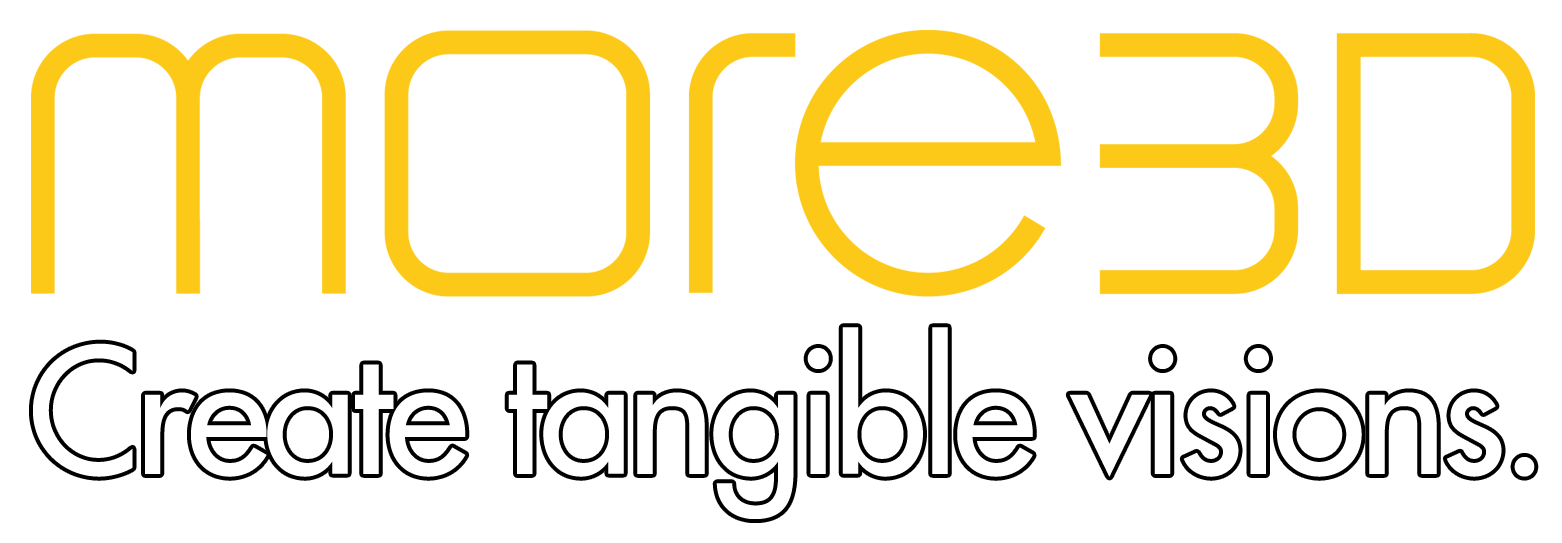Today, we are witnessing the digitalization of whole industry sectors. A true transformation compelling to find innovative solutions to increase productivity, profitability and safety. This is Industry 4.0. The connection between real processes and it’s generated information and data gives new insights, better ways of understanding and an overall increase in productivity. Extracting the crucial bits of information from Petabytes of machine and worker data can be labourious. The ability to select the right bits of information and to make the right conclusions gets much easier when using Virtual Reality (VR) technology. VR enables new opportunities, especially for manufacturing industries.
Virtual reality benefits for the industry
 Faster and better information exchange |  Reduced time to market |  Faster Line Setup and better planning |  Better Worker Training and Production Preperation |
 Overall cost reduction |  Increased productivity |  Better QA |  Increased Worker Safety |
How does Virtual Reality apply to Virtual Commissioning?
By applying the moreViz VR bridge software to the Siemens NX Mechatronics Concept Designer, all simulation is transferred seamlessly into any Virtual Reality device. Seeing the simulated machine in a 1:1 scale is not possible on traditional 15 inch laptop displays, neither on 27 inch desktop monitors. With virtual reality visualization this barrier between the digital model and the viewers eyes is easily removed: with the moreViz software the user is enabled to see the virtual machine operate in life-like size relation with real stereo 3D impression. The user can even operate the machine’s virtual control panels from within the VR environment.
Read more about Virtual Commissioning in VR
How does Virtual Reality apply to Virtual Prototyping?
An example of the use of VR in production are the so-called 3P workshops (Production Preparation Process). They take place when an assembly line has to be set up or converted at one of the many production site locations. Representatives from factory planning, logistics, assembly, the pre-series center and quality assurance then determine in the workshop how the individual work cycles must be designed – down to the last detail: Is the material trolley in exactly the right place? Doesn’t the employee have to go any unnecessary ways? And are all movement sequences ergonomically okay?
